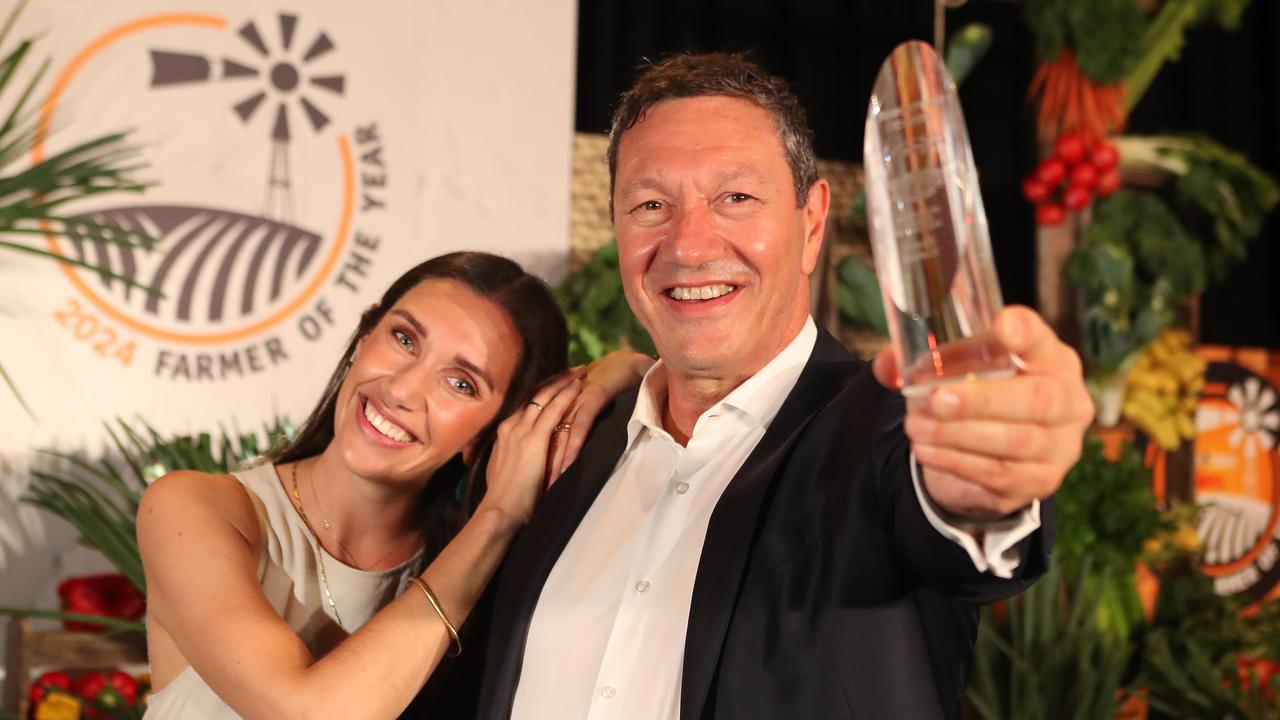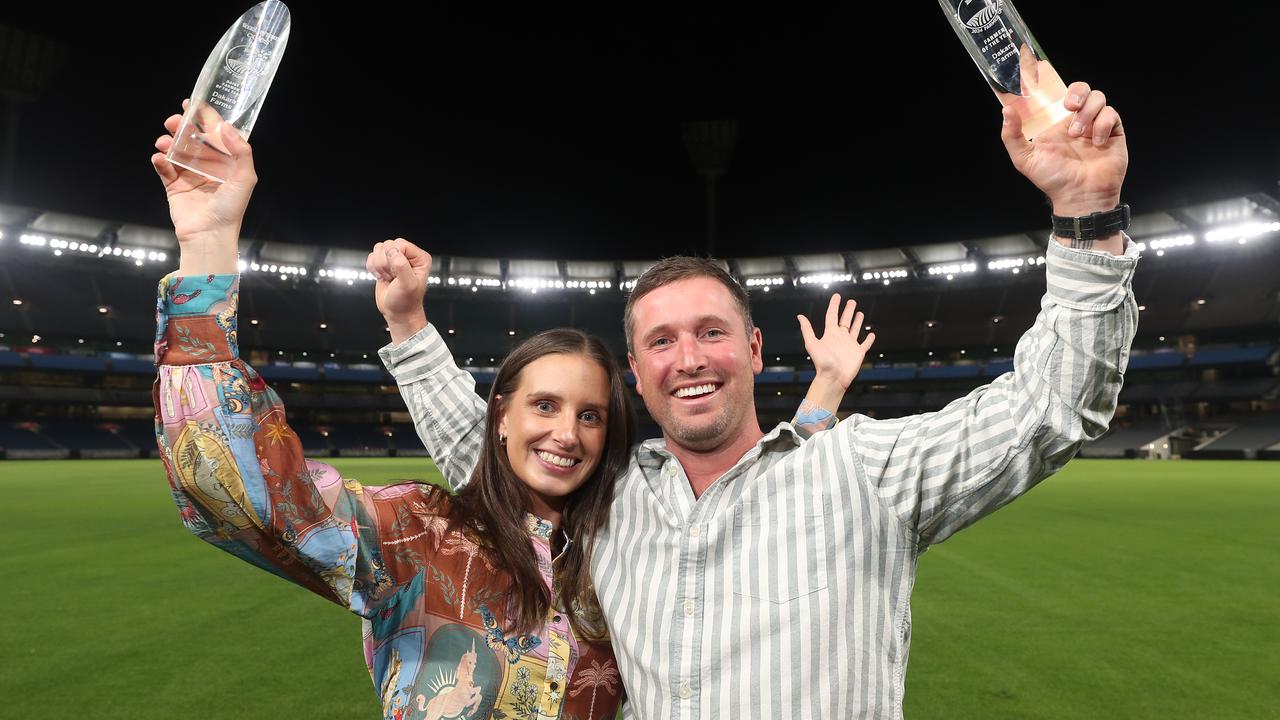Newstead wool grower Tony Butler focused on the future
YOU have to learn what your farm grows best and try and do it a little better, according to Tony Butler.

YOU have to learn what your farm grows best and try to do it a little better, according to Tony Butler.
The farmer from Newstead, in central Victoria, recently sold his 157-bale wool clip for $1840 a bale, more than $200 up on last year.
The passionate wool producer says there’s money in Merinos.
“They are not the flavour of the month now, I know, but there is specific country that is conducive to running them,” Tony said. “The demand for our product has injected a level of profitability into the self-replacing wool flock that the industry needed.
“Opportunity is knocking on our door now. The market rose another 18 cents (a kilogram) the other day ... who knows, it may rise long term.”
Tony said strong demand for mutton was also a positive because in the face of a potentially dry season, farmers had the option to reduce numbers and ride it out.
MIX IT UP
TONY is a passionate livestock producer and manages the sheep and wool on his 2600ha family farm, while his brother takes care of cropping.
They crop 1620ha a year and run 8000 sheep. Cropping comprises 60 per cent of the business and livestock 40 per cent.
Tony believes mixed farming is the key to remaining profitable.
“There are a lot of animal husbandry skills that are being lost to the John Deere jockeys,” he said.
“It’s a shame not to see animals on a farm, even if it’s a strictly cropping property it is a lost opportunity. There are resources there to be tapped and it does help the bottom line if you do have a few lambs and wethers out there.”
None of the Butlers’ Merino lambs are sold — all the ewes are retained to join and the wethers are grown out.
“I like to hold on to our wethers for a few years as it’s handy to sell them off sheers around the same time I’m selling wool, especially with the mutton trade so strong at the moment,” Tony said.
“The top line of wool we sold in our recent sale — those wethers would have shorn $65 worth of wool and we sold the very best of them for over $100.”
FODDER FOR THOUGHT
THE cropping enterprise ensures the Butlers have a good bank of fodder to rely on to feed stock, including stubble after harvest.
“This year we’ve got 1000 tonnes or more of hay in storage and a reasonable quantity of feed grain so that helps me to make those decisions confidently in the face of a dry season,” Tony said.
He joins 3000 ewes a year and uses scanning technology to great benefit identifying twins and also to add value to cast-for-age stock.
“Rather than selling the old ewes I join them to a Border Leicester or White Suffolk and I sell them as a scanned-in-lamb ewe, which is a simple way of value adding,” Tony said.
The Butlers identify multiple-bearing ewes, isolating them and allowing them to be monitored more closely.
Tony is looking at a record lambing this year of potentially more than 3000, with a possible lambing percentage of 110 per cent.
That’s substantially higher than five years ago when he implemented a unique shelter system on farm to avoid losing twin lambs.
“That particular year it was dreadful with 28 days of 31 in August wet, and in one mob I lost half the lambs,” he said. “I thought, there has to be a better way.”
TWIN TOWERS
THE shelter is a steel frame with woven polyester tarps over the top and straw bales around the sides. Inside are 128 individual pens made of mesh and steel posts with an earth floor.
The shelter is designed only for the multiple-bearing ewes — whose lambs are most at risk as they are often below-average birthweight. The ewes once scanned are allocated, via ear tags, to a birthing group — a guide from week one to five when they are most likely to lamb.
Those ewes are fed more grain and hay and when it comes to lambing are divided into their groups with those closest to lambing going in to the shed first.
Tony said those outside didn’t survive and thrive as well as those in the shelter.
“I’m trying to address the problem of lamb mortality in the most practical way I can. It has been one of my biggest bugbears,” he said.
“It is the end result of trying to get everyone pregnant.
“You are going to have a high twinning rate in those circumstances so you need to manage them.”
LABOUR IN VAIN
TONY is pleased with the results so far and he is hoping to refine the valuable shelter system so it can be less labour intensive.
The Butlers use Hazeldean-blood rams, which Tony said were well suited to their environment and farming system.
Their average micron is now 19 and fleece weights averaged 7kg for wethers and 6.5kg for ewes. “It is fair to say we are always trying to breed a heavier-cutting sheep,” he said.
Tony believes there are also opportunities in years to come to strategically graze crops.
“As livestock prices rise there will be more incentive to make that work,” he said.


